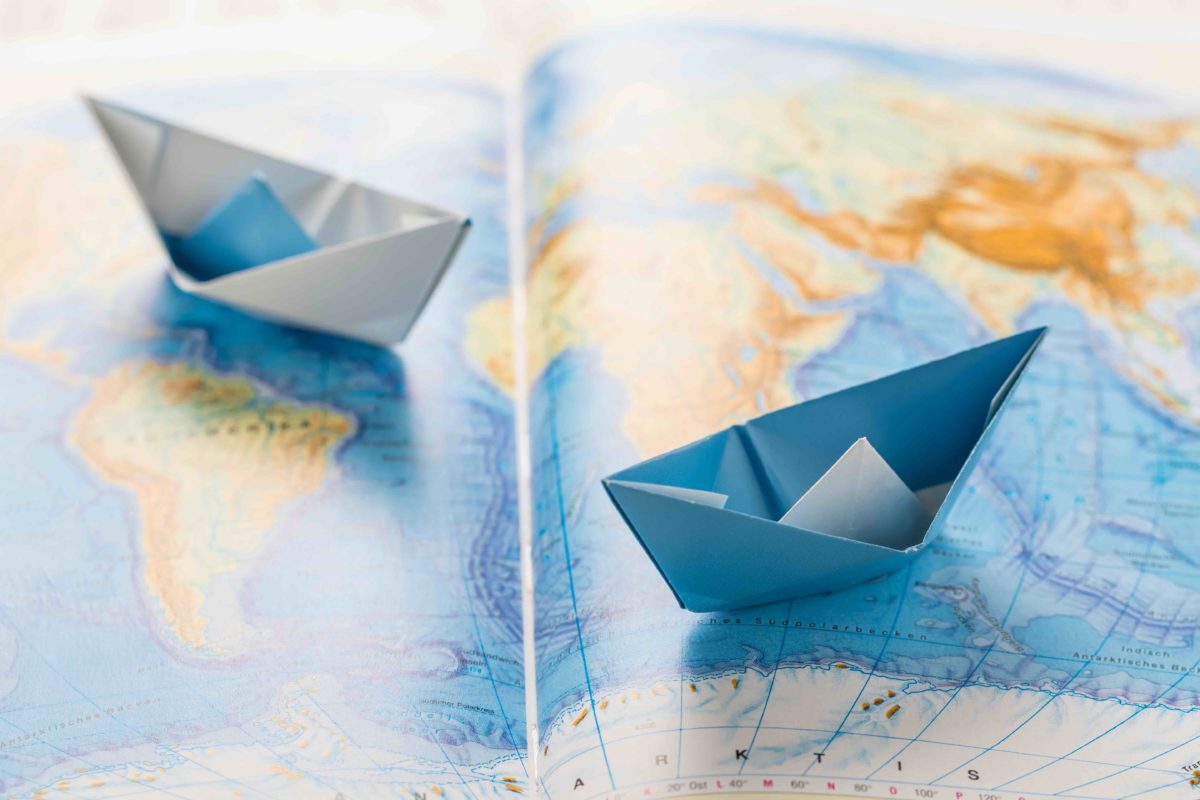How are Maps Used to Study the Earth?
Maps are an interesting item — great as a work of art as well as a tool for navigation in equal measures. However, maps are also vital instruments for studying the Earth, giving us insight into potential danger zones, geographic changes over time, settlement patterns, and more.
On paper, that might not seem particularly impressive or important beyond. But these are absolutely critical — and for more than just theoretical knowledge — as such information can help people in positions of power to better prepare for things like future disasters and population shifts.

Interested in going beyond the gist of the matter? Continue reading to more deeply learn how maps are used to study the Earth and how that, in turn, affects us all.
Concerns & Crisis
As much as we don’t like to admit it, humankind is incredibly fragile. We’re largely (even on a good day!) at the mercy of our circumstances and environment — which is a massive problem in a world where natural disasters and climate change pose an ever-looming and ever-growing threat. There are ways to sort of future-proof ourselves, though, and maps are an integral part of this.
You see, by using maps to study the world around us, we can gather an astounding amount of data and extrapolate potential future issues from these existing figures. Studying geologic maps is particularly useful when it comes to predicting hazards, pinpointing fault zones, flood basins, areas of coastal erosion, and so on that could one day spell disaster.

After identifying these potential pressure points, scientists and various experts then know to monitor them for any changes. And in turn, this means they’ll be able to respond more quickly if things take a turn for the worst, averting certain crises or at least offering an idea of what we can expect when unavoidable disasters do arise.
Glimpse the path ahead
Crisis aversion is perhaps one of the most obviously powerful ways we use maps for the greater good of our planet and its people. Although, it’s far from the only one. Certain specialized maps like population cartograms are also regularly used to study global demographic trends and population data, giving a clear representation as to where our country or world’s residents come from, settle, and ultimately live.
In doing this, we can actually get a realistic view of how our people are spread out, something that can inform governments and development efforts about where their focus should truly rest rather than where previous assumptions or outdated facts and figures might have misled us. Naturally, that’s a good thing, reducing uncertainty and friction for those in charge and ensuring populations can be more adeptly supported.
There’s a bonus here, too: it’s not just good for those of us in the present but is beneficial for people in the future. Why? Well, we can use these population-focused maps to get a clearer picture of possible future trends. Infrastructure and governing actions can be improved ahead of time as a result, making the movement and lives of people far smoother overall.
Visualizing History
Maps dealing with populations are essentially just large-scale data pools on how we shift or migrate. Yet, there are many other uses for such information beyond identifying where people are clustered or absent — including more sentimental ones. For instance, analyzing maps is also a great way of visualizing the overarching history of our species.
Think about it. Even examining the more basic maps like those featuring various cities or territories can tell us a lot about human progress.
Compare maps of the US from the time of its inception to now, and you’ll see massive shifts — the rise and fall of towns, the creation of the interstate system, and the formation of major cities and landmarks being just a few. And likewise, compare world maps throughout history, and you can track entire civilizations as they were created and destroyed.

Powerful, isn’t it? By using maps to study these sorts of population and geographical events, we manage to also study who we are as a species. We can visualize our history, see where we came from, where we’re going, how we’ve changed, and in the end, what’s important to us!

